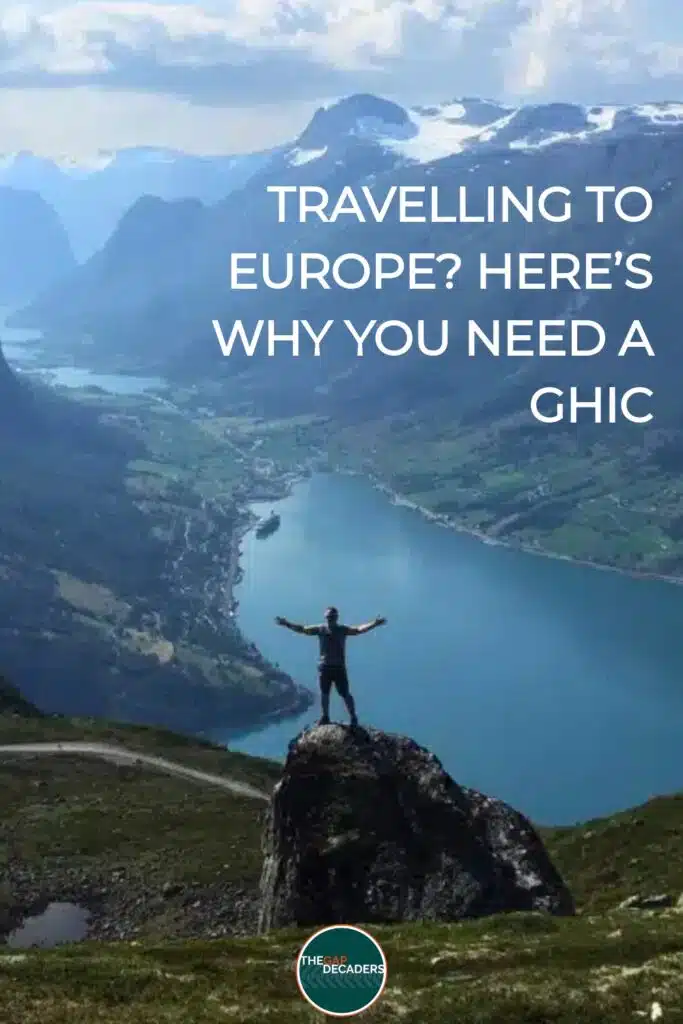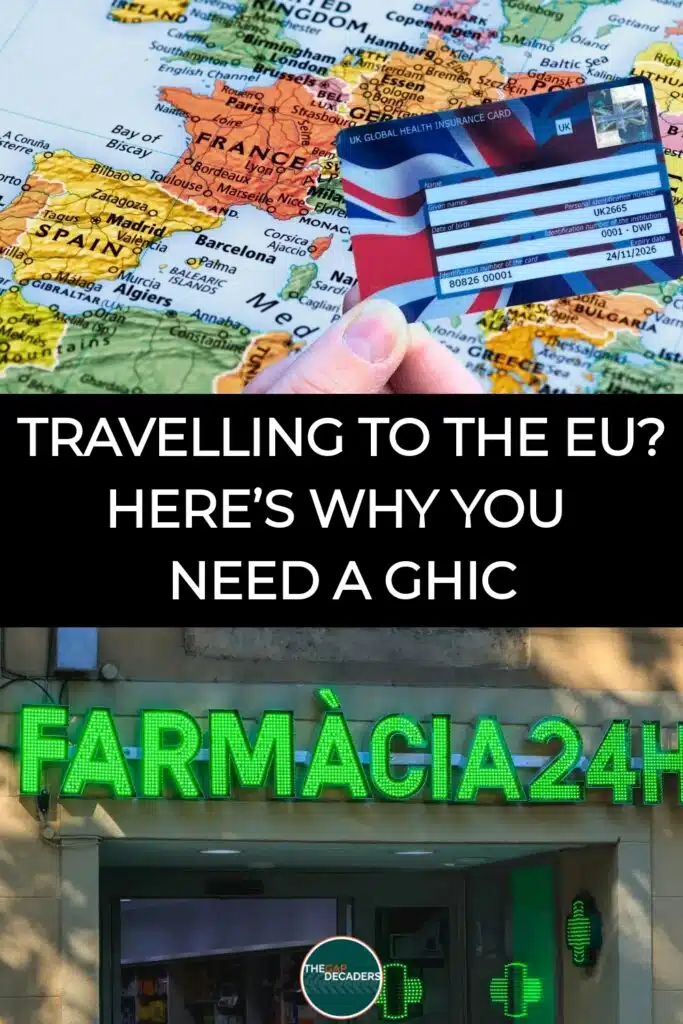This post may contain affiliate links, from which we earn an income. Click here to read our affiliate policy.
Travelling abroad is an adventure filled with excitement and new experiences. But let’s be honest – things don’t always go to plan. A medical emergency in a foreign country can be daunting, especially when faced with unfamiliar healthcare systems and potential language barriers.
However, with the right preparation, you can handle any health hiccup with confidence. One of the most crucial things you can do before heading to Europe is to get yourself a Global Health Insurance Card (GHIC). This simple, free card could save you from eye-watering medical bills and ensure you receive the care you need without unnecessary stress.
We speak from experience! As motorhomers who’ve lived on the road for 6 years, we’ve had medical emergencies in Spain and Germany, and the GHIC saved us from huge bills, ensuring we received the right treatment.
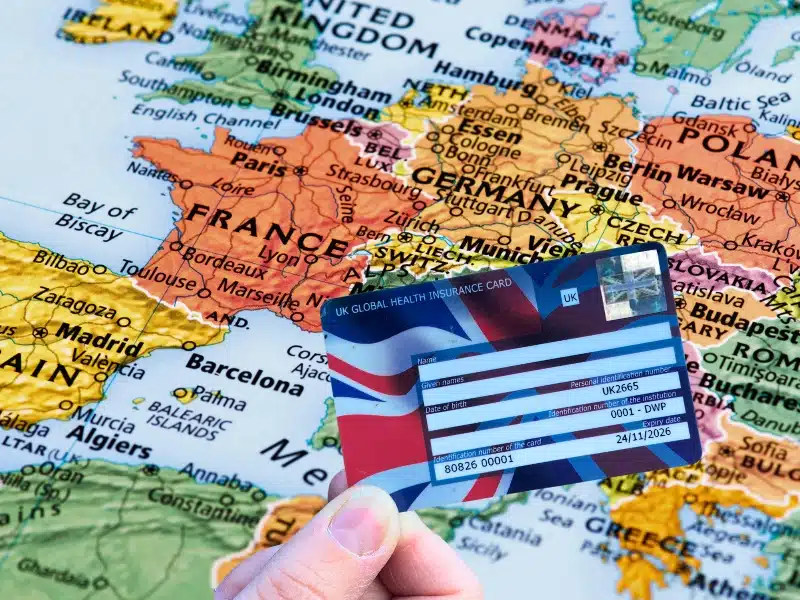
Our Medical Emergencies in Spain: Why Preparation is Key
As seasoned motorhome travellers who’ve spent a good chunk of time exploring Spain, we’ve had our fair share of unexpected medical issues. From stomach cramps that refused to go away to a surprise case of shingles, we’ve seen first-hand how vital it is to be prepared.
Shingles Strikes Out of Nowhere
We were stuck in Spain during lockdown when Phil developed shingles. But we didn’t know it was that at first! Phil was complaining of a fluttering in his heart and went to see the local GP (we were already in the Spanish medical system due to having our COVID jabs in Spain several months earlier).
The GP made an emergency referral to the heart specialist at the local hospital (heart care is a free service for Spanish people, so it’s covered by the GHIC). Within two days, he had an appointment and spent several hours with the specialist team, who couldn’t find anything wrong.
That night, Phil woke me at 4am in agonising pain and asked me to drive him to the hospital. Once there, he was seen immediately, given IV pain relief and examined, and they found the first signs of the tell-tale shingles rash. He was prescribed heavy-duty painkillers and anti-virals, which lessen the risk of a repeat infection.
Thanks to the GHIC, we didn’t have to worry about expensive bills, and we got 50% off the prescription costs. Boy, those anti-virals are expensive!
Slipped Disc Surprise
Several years ago in Germany, I was suffering horrendous pain down my left leg, coupled with an inability to sit comfortably. My symptoms gradually worsened over a few days until I bent over to put my boots on, and something in my back popped.
Phil called an ambulance as I was unable to move, and I was blue-lighted to the local hospital with a healthy dose of valium to help the pain. After an MRI scan, it was confirmed I had a ruptured disc. The substance inside the disc had come out and was sitting on my sciatic nerve, causing the pain in my leg.
After 4 days in hospital, I was discharged. I didn’t have travel insurance at the time (big mistake!), so Phil had to drive me to the UK as I lay in the back seat of the car with more valium!
Stomach Pains Became Too Much
Recently, Phil was suffering excruciating stomach pain at night. It wasn’t the kind that goes away with a glass of water and a good stretch – this was something serious. After days of suffering, we finally decided to head to the hospital.
Once again, the process was seamless. Phil was seen immediately, examined thoroughly, and given all the necessary tests without delay. The best part? The GHIC ensured that he received the same level of care as a Spanish resident, without a hefty price tag at the end.
The outcome? They couldn’t find anything, even after doing extensive stool, urine and blood tests, and the symptoms have gone away, hopefully for good!
What is the GHIC & Why Do You Need One?
The Global Health Insurance Card (GHIC) is your golden ticket to affordable healthcare when travelling in Europe. It replaces the old European Health Insurance Card (EHIC) for UK citizens post-Brexit and ensures you receive essential medical treatment at the same cost as locals.
Where Can You Use a GHIC?
You can use the GHIC in every country of the European Union.
Outside of the EU, you can use a GHIC card in Norway, Switzerland, Iceland, Liechtenstein, Montenegro (emergency treatment only), Australia, Norway, Switzerland, Jersey, Guernsey, The Isle of Man, St Helena, Tristan da Cunha and Ascension.
Key Benefits of the GHIC:
How to Get a GHIC (It’s Free!)
Applying for a GHIC is quick, easy, and completely free. Visit the official NHS website, fill in your details (make sure to get one for your kids too) and your card will be delivered within a few weeks.
Never pay for a GHIC. If you’re asked to do this, you’re being scammed.
If you have an old-style EHIC card it is valid until the expiry date. Before it expires, make sure you apply for the GHIC.
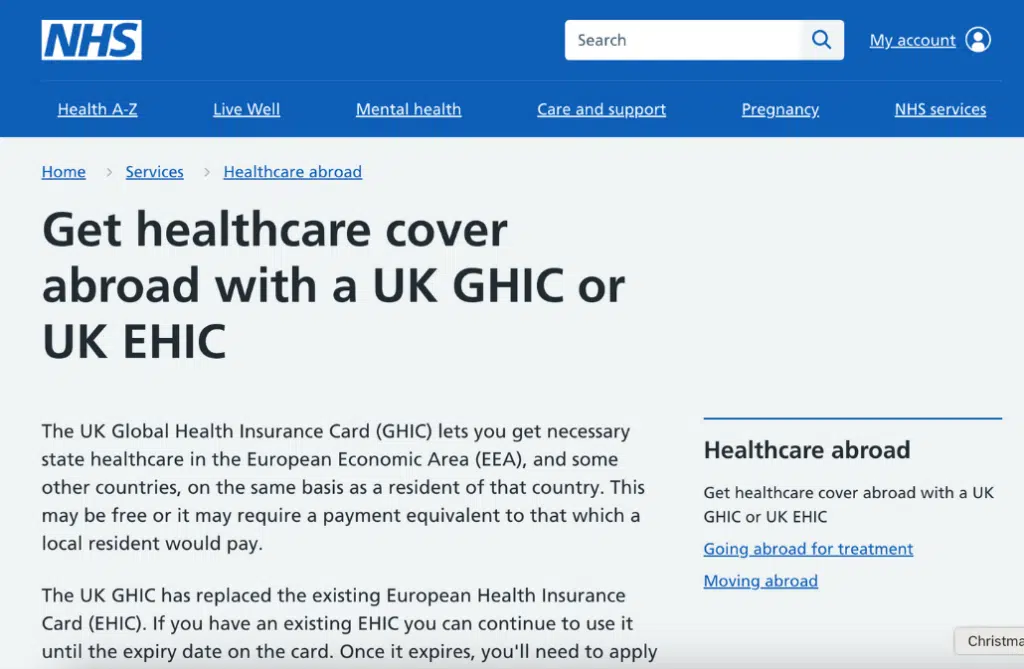
How to Use Your GHIC in Europe
Once you’ve got your GHIC, knowing how to use it is essential. Here’s what you need to do if you need medical attention:
Step 1: Seek Medical Help
If you need treatment, head to a public hospital, walk-in clinic, or local health centre. Make sure you have a translation app on your phone, as not all medical professionals will speak English. If you’re in a critical situation and can’t het to hospital, the emergency number across Europe is 112.
Step 2: Show Your GHIC
Upon arrival, present your GHIC and passport at reception. This allows you to be treated as if you were a citizen of the country you’re in, meaning you’ll only pay what they would pay, which is usually nothing for emergency care.
Step 3: Get Added to the System
Most EU countries will add you to their healthcare system temporarily, which means any follow-up treatment will also be covered. You may be asked to provide an address and local phone number. We’ve used a campsite address for this and usually have a cheap local SIM in a spare phone for this type of emergency.
Step 4: Receive Treatment
Whether it’s an emergency or a non-urgent issue, you’ll be seen and treated under the same conditions as any national of the country you’re visiting.
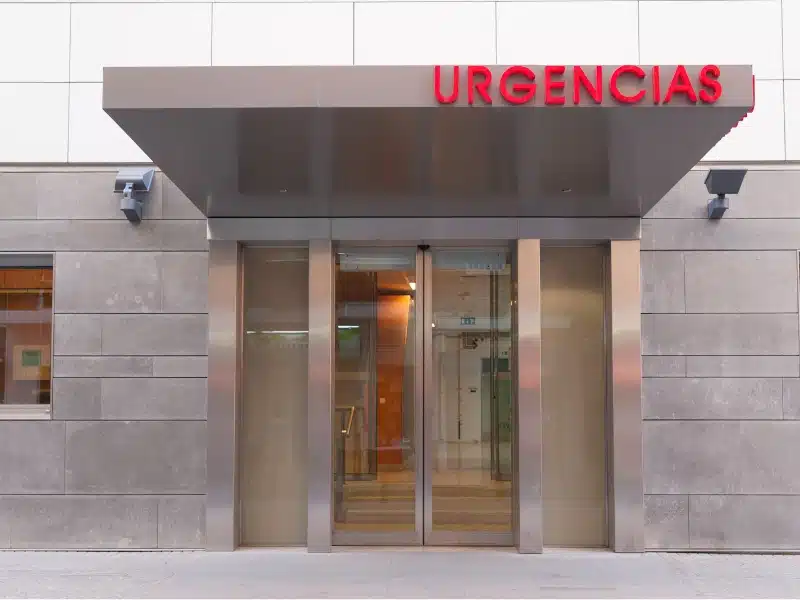
Travel Insurance vs GHIC: Do You Need Both?
Yes! While the GHIC is a fantastic safety net, it isn’t a replacement for travel insurance. It won’t cover everything, including:
To be fully protected, we strongly recommend taking out comprehensive travel insurance alongside your GHIC. Our recommended provider is True Traveller, who offers a range of short-term and backpacker policies that cover travel issues and medical emergencies and have the 92 activities covered as standard.

Prescription Medications: Big Savings with the GHIC
Another major perk of the GHIC is the discount on prescription medications in Europe. You’ll pay 50% of the prescription cost unless you receive a UK pension when you pay just 10%.
This can add up to significant savings, particularly for those needing ongoing treatment.
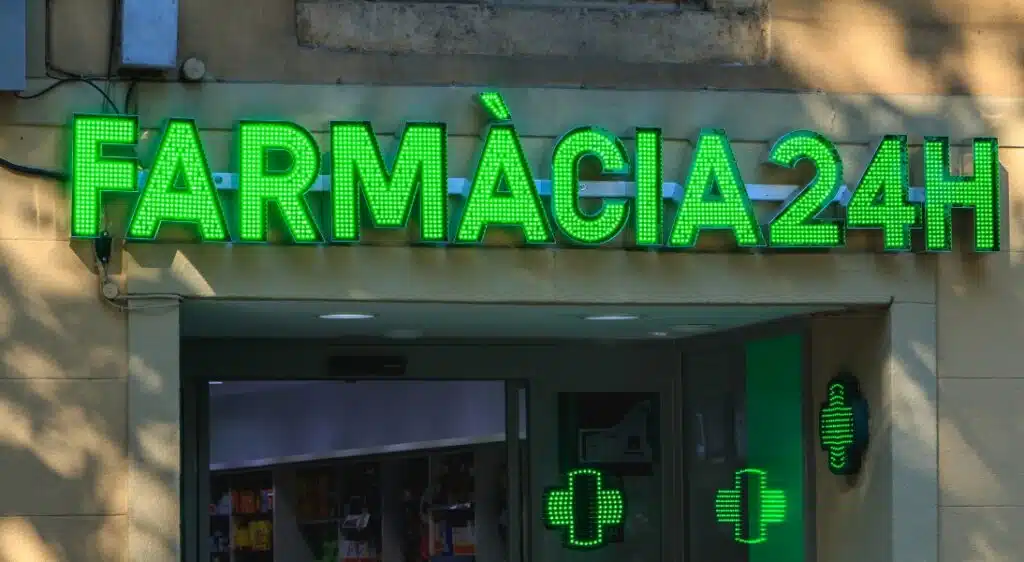
Be Prepared: Get Your GHIC & Travel Insurance Today
Travelling should be about experiencing new places, not worrying about what happens if you fall ill. The GHIC is an essential tool for ensuring affordable healthcare access in Europe. But don’t forget, for complete peace of mind, it’s best to combine it with a solid travel insurance policy.
With both in place, you can explore Europe stress-free, knowing you’re covered if the unexpected happens.
Looking for travel inspiration? Check out these top posts…
16 of the Best Travel Destinations in January
Our 60 Before 60 Travel Bucket List
The 16 Best Second Cities in Europe You Shouldn’t Miss
Adventure Travel Bucket List: 15 Epic Experiences in Europe
Travel Trends 2026: The Year of Mindful Escapes and Meaningful Journeys
The Ultimate Europe Travel Bucket List: 15 Classic Experiences to Inspire Your Next Trip
Love it? Pin it!
